Are u suffering from inflammation? Well, OTC medicines keep flooding in the market but natural remedies will never go out of fashion.
Start an anti-inflammatory diet to reduce chronic inflammation in the body, improve your health, and relieve pain! To assist you, We’ve compiled a list of the top anti-inflammatory foods that everyone should consume in order to feel better.
We know how well we feel when we consume anti-inflammatory foods, and it tastes great. The advantages we’ve noticed include being more alert, and joyful, having more energy, not having as much neck pain, wanting to exercise, wanting to accomplish more overall, and feeling light.
Even so, when life gets in the way, we have to keep convincing ourselves that eating this way is worth it. Unfortunately, just because you know something is beneficial for you doesn’t mean you’ll do it all of the time.
It’s time to confess. For every ache and pain, we used to pop an over-the-counter medicine. I’ve been more aware of the consequences of taking too many over-the-counter medications as I’ve become older. I’ve started looking for natural remedies for a variety of diseases. I’m not saying I never use Tylenol (I get some very bad headaches), but I always attempt to see if the headache (or other problem) can’t be handled with a natural treatment first.
In the same vein as natural pain relievers, did you know that chronic inflammation in the body can cause cancer, heart disease, diabetes, arthritis, depression, and Alzheimer’s disease?
The most effective approach to fight back is through the food you eat, not by popping medicines. These anti-inflammatory foods are an important part of my diet and eating philosophy!
Since so many people (including myself!) have set a goal to be healthier this year, I thought I’d share some of my favorite inflammation-fighting ingredients as well as some of my favorite dishes that incorporate them.
Here are the top 11 of them. Good luck in the kitchen.
1. FLAXSEED AND FLAXSEED OIL
Flaxseed has the greatest omega-3/omega-6 ratio of any seed or nut. Fiber, magnesium, selenium, protein, and vitamin B1 are all abundant in them.

Many years of research have shown that HsCRP levels, a marker for systemic inflammation and a risk factor for cardiovascular disease, have been demonstrated to be reduced by consuming 6 grams of flaxseed oil each day.
Some animal studies have also suggested that eating more flaxseed helps slow the progression of certain malignancies.
Use ground flaxseed or flaxseed oil to get the best results. To increase the omega-3/omega-6 ratio, add raw flaxseeds to omega-6-rich foods like sunflower seeds or peanuts.
Flaxseed and flaxseed oil capsules have a wide range of benefits, from alleviating minor aches and pains to preventing catastrophic illnesses. This small seed is a force to be reckoned with! Flaxseed’s health benefits are more than just a notion.
you can consume flaxseed in a variety of ways, flaxseed oil capsules are often the most convenient and effective way to consume them.
2. ARUGULA is number two
Arugula (also known as rocket salad) is a green leafy vegetable that also happens to be a cruciferous vegetable. It’s high in vitamin A, C, K, folate, magnesium, potassium, carotenoids, and polyphenols, and has a favorable omega-3:omega-6 ratio (source).
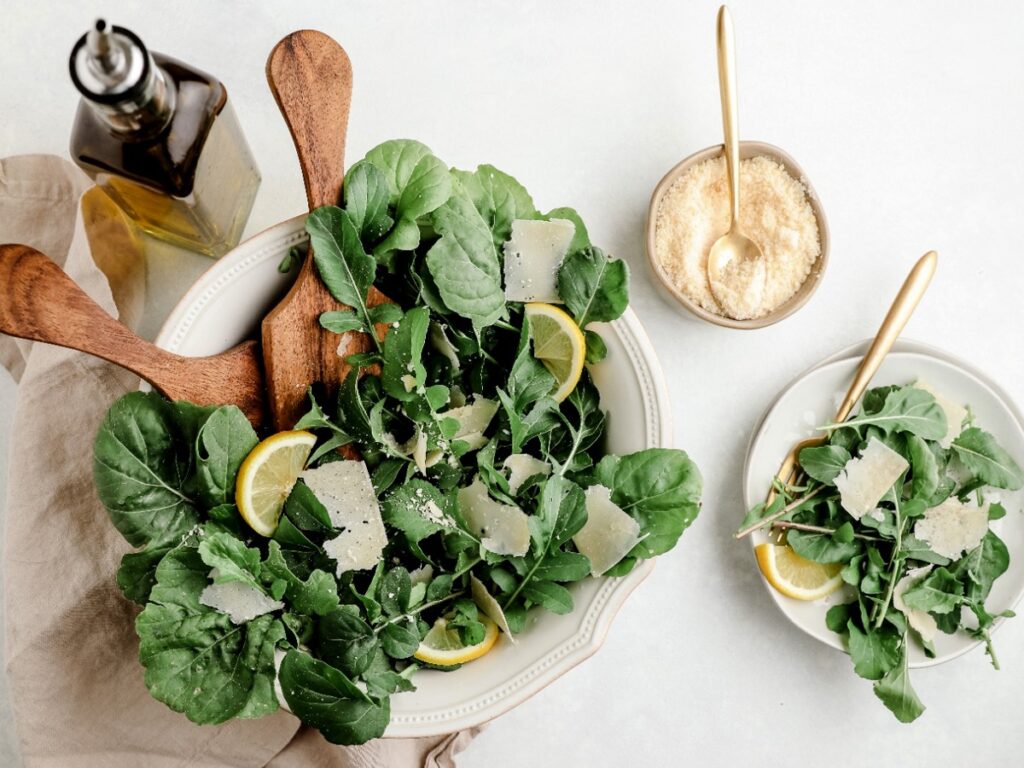
According to a recent study, arugula, along with watercress and Brussels sprouts, has the highest antioxidant activity and polyphenol content of all the cruciferous vegetables.
Erucin, a detoxifying chemical in rocket salad, has been demonstrated to have anti-inflammatory, detoxifying, and anti-cancer activities.
You can literally put Argula into anything! Arugula is best eaten raw in salads or as a side dish. You can even incorporate it into a pesto mix and your choice of pasta.
3. BEETS
Some people believe that your first kiss will stay with you forever. I’ll never forget my first beet, for example. I was not a fan of the root vegetable when I first tried it as a child. Even the cool pink color couldn’t persuade me to enjoy the extremely earthy flavor.
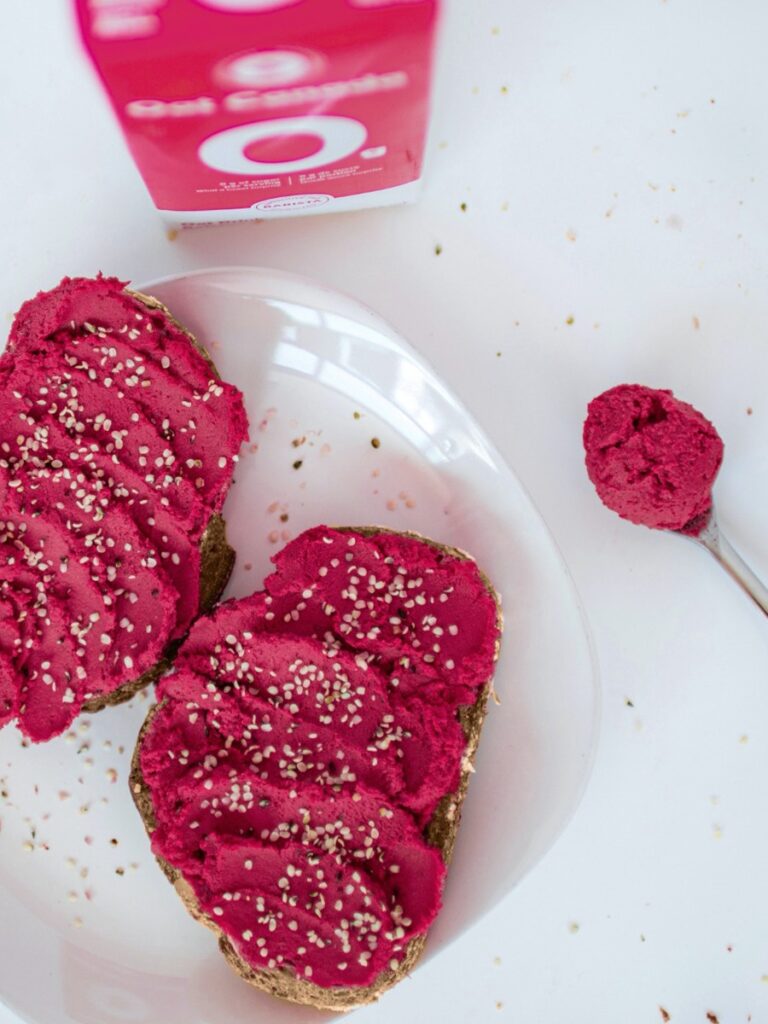
It took me a long time, but I’ve come to appreciate beets, which are fortunate because they’re high in nutrients. It doesn’t hurt that they’ve also become extremely fashionable.
Coffee shops in wellness-oriented areas like Los Angeles and New York even serve beet lattes, which invariably end up on Instagram. (It’s so pink! It’s so lovely!)
They include calcium, which helps to create strong bones. Beets, which contain 22 milligrams of calcium per cup, are another dairy-free vegetable that can help you meet your daily calcium requirements. They’re just approximately 2% of your daily recommended consumption, so don’t rely on them as a solitary source of protein; nevertheless, they could complement other vegan proteins like tofu and collard greens.
This lovely fall salad is bursting with harvest flavors! My Beet and Apple Salad might be just the thing to round up your holiday spread. It’s a year-round favorite in my house.
For this Beet and Apple Salad, I took out the big guns.
Arugula, red onion, sweetly spiced pumpkin seeds, juicy apple, spicy beets, and creamy goat cheese
Yup. I wanted to make sure I captured your attention because there are a lot of salad recipes out there right now.
A fresh and tangy pomegranate vinaigrette cooked right over the bowl brings these tastes together flawlessly. I adore the combination of pomegranate vinegar, lemon, and olive oil.
An innovative way of making Beet and Apple Salad:
INGREDIENTS:
8 cups arugula
2 small apples, cubed
4-6 small roasted beets, halved and sliced
½ small red onion, sliced in half-moons
½ cup roasted pumpkin seeds
1 small lemon
1-2 tablespoons high-quality extra virgin olive oil
1-2 tablespoons pomegranate vinegar
salt and pepper to taste
4 ounces crumbled goat cheese
INSTRUCTIONS
In a large mixing basin, combine the arugula, apple, beet, onion, and pumpkin seed.
Squeeze the lemon over the salad directly. Drizzle the extra virgin olive oil and pomegranate vinegar to taste. Use the same quantity of everything.
Toss the salad gently and season to taste with salt and pepper.
Before serving, toss the salad one last time with the goat cheese.
Serve right away.
4. Berries
They taste great, look great, and contain antioxidants, potent disease-fighting elements, and essential vitamins and minerals that are crucial to our general health.
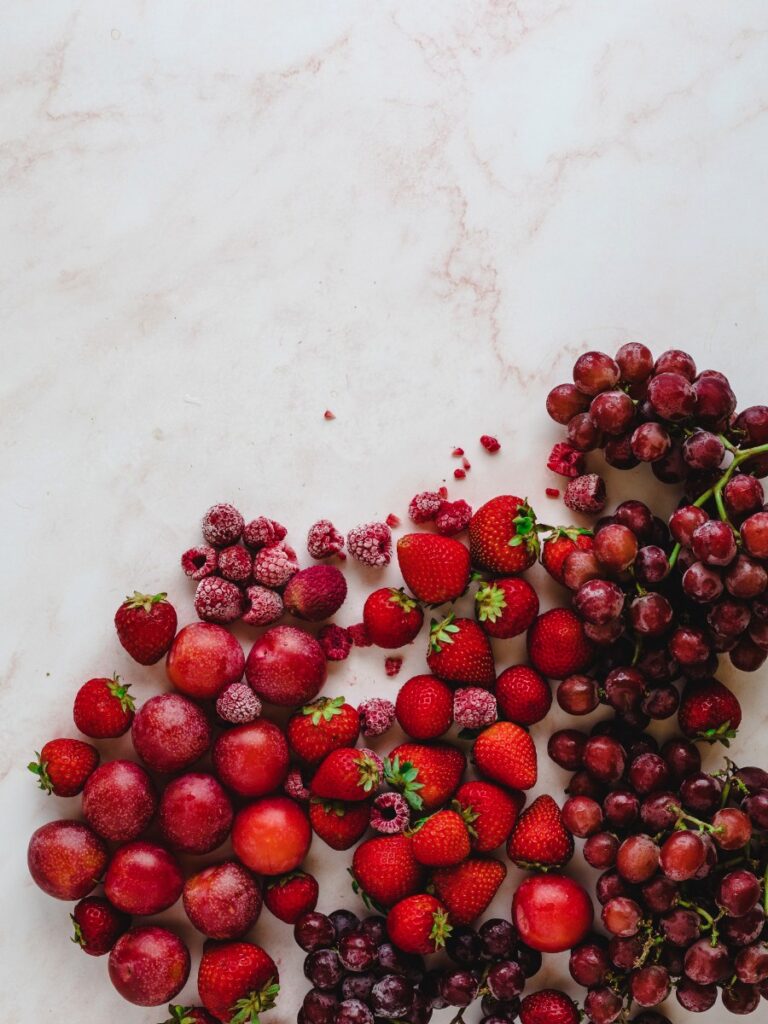
Berries include a wide range of nutrients, including potent antioxidants and anti-inflammatory qualities, as well as Vitamin C, Manganese, calcium, and Vitamin K, to mention a few.
Aid in the fight against inflammation—Research is increasingly demonstrating a link between chronic inflammation and debilitating diseases like obesity, heart disease, autoimmune diseases, arthritis, diabetes, and others.
Most berries include antioxidants that have anti-inflammatory qualities, which may aid in the prevention of a variety of ailments.
It could be beneficial to your skin. Berries are not only delicious, but they are also beneficial to your skin. Berries can help protect your skin from the sun’s damaging effects due to their high antioxidant content. Most berries are high in Vitamin C, which aids in the formation of collagen, which helps to decrease wrinkles and other indications of aging.
Berries are quite adaptable and may be used in a variety of dishes, including bread, muffins, smoothies, and even salads.
It is easier (and tastier) to consume some berry varieties in powder forms, such as Acai berries, or dried, such as Goji berries and Cranberries.
Berries are an excellent source of fantastic taste, low calories, and several health advantages that can be used to maintain high levels of wellbeing and illness prevention. Just keep in mind that more common berries may contain significant levels of pesticides, so opt for organic wherever possible.
Harley Pasternak is the brains behind one of the most well-known celebrity morning smoothies. Harley Pasternak, a celebrity trainer who has worked with Jessica Simpson, Rihanna, Kim Kardashian, Halle Berry, and others, has become renowned in recent months only because of this one smoothie.
This smoothie, according to Harley, is the ideal combination of nutrients, and because it is blended, it is easy to digest and a terrific way to start the day off right. It seems delicious, healthful, and full, with a total of 382 calories! Plus, you can prepare this in any blender you like, but for the smoothest blend, I recommend following the directions carefully.
Ingredients:
5 raw almonds
1 red apple
1 banana
3/4 cup nonfat Greek yogurt
1/2 cup nonfat milk
1/4 teaspoon cinnamon
In a blender, combine all of the ingredients. You may need to chop the apple and almonds into little bits before blending, depending on how strong your blender is.
Blend for 30 seconds on medium-high, or until desired consistency is achieved.
5. MACKEREL OR SALMON
Salmon and mackerel are fatty fish that are high in Omega-3 fatty acids, Vitamin D, and selenium. Protein and B-vitamins are also abundant in fatty fish.
Although there are many plant sources of omega-3 fatty acids, humans can only use a minimal amount of this kind of omega-3 (called ALA) in our bodies. EPA and DHA, which are present in fatty fish, are the kind of omega-3 fatty acids that we can actually use in our bodies.
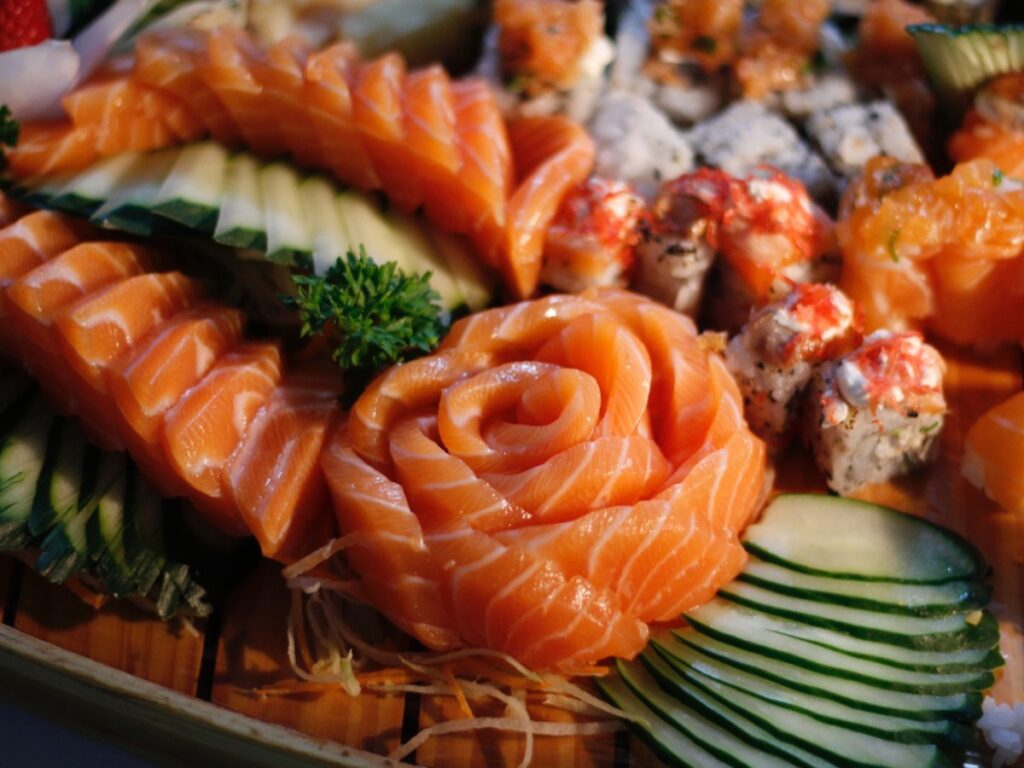
Omega-3 fatty acids reduce the risk of heart disease, diabetes, and neurodegenerative (Alzheimer’s) and inflammatory (arthritis) disorders.
How Much: Aim for 2-3 servings of fatty fish each week, such as salmon or mackerel.
6. TURMERIC
I realize it’s a stretch, but I can’t think of a list of anti-inflammatory foods that don’t include turmeric. Over the last few years, there has been a lot of research done on it, and studies have shown that it has a lot of health benefits.
Turmeric includes curcumin, a chemical with numerous health-promoting effects, including antioxidant, antibacterial, anticancer, anti-inflammatory, and liver and brain protection.
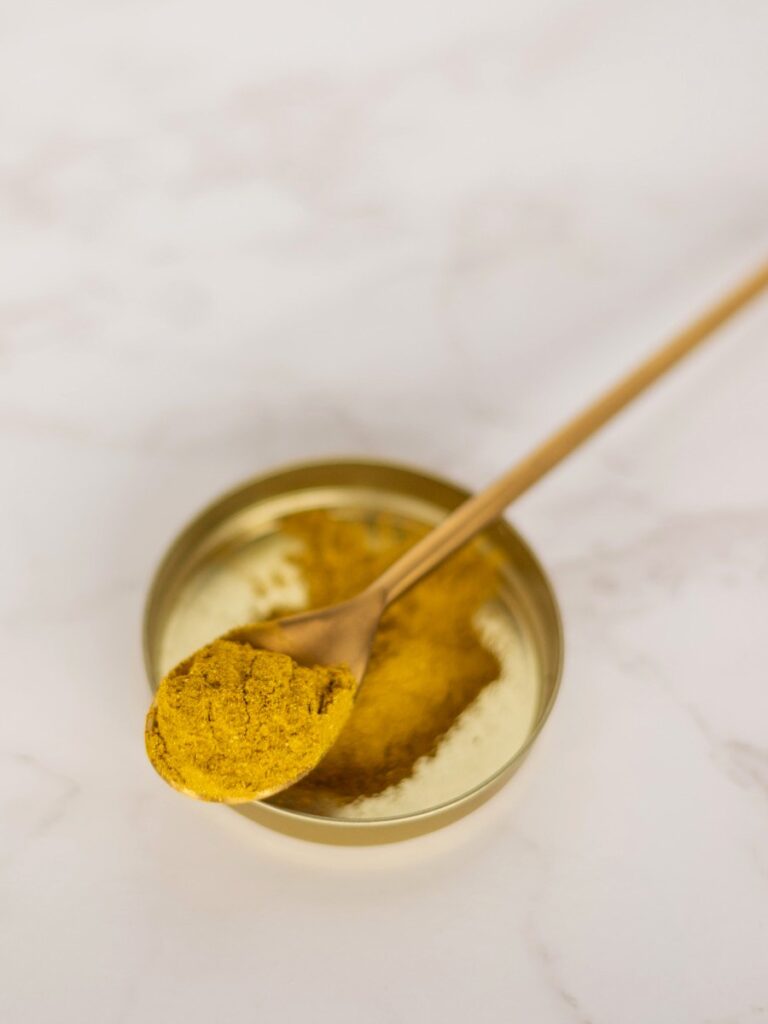
Curcumin is a safe and more effective anti-inflammatory than aspirin and ibuprofen.
Turmeric is very effective for persons with osteoarthritis, insulin resistance, high blood pressure, and high cholesterol due to its anti-inflammatory properties.
It’s simple to incorporate turmeric into your meals: it goes well with lentils, beans, pork, and fish. Make sure you eat turmeric with black pepper since this can boost curcumin absorption by up to 2000%.
7. BROCCOLI
believe it or not, have something in common: they’re both cruciferous veggies (along with cauliflower, cabbage, kale, and Brussels sprouts).

Broccoli is a rich plant source of protein and is high in antioxidants, vitamin C, vitamin A, iron, potassium, and fiber.
Broccoli also contains phytochemicals that have detoxifying and anti-cancer capabilities, in addition to important minerals.
One study found that eating 250 grams of broccoli each day for ten days reduced CRP levels (a marker for inflammation in the body) by 48 percent among young smokers.
Another, larger study of middle-aged Chinese women found that those who ate more cruciferous vegetables like broccoli and cauliflower had lower blood levels of pro-inflammatory indicators than those who didn’t.
How to: Because broccoli’s antioxidants aren’t heat resistant, it’s better to eat it as raw as possible. This can be accomplished by steaming broccoli or adding it to your dishes at the end of the cooking process.
8. SEEDS OF CHIA
Chia seeds are high in protein, fiber, antioxidants, calcium, and omega-3 fatty acids.
Adding extra chia seeds to your diet will help boost your omega-3 levels, which may help reduce inflammation (source).
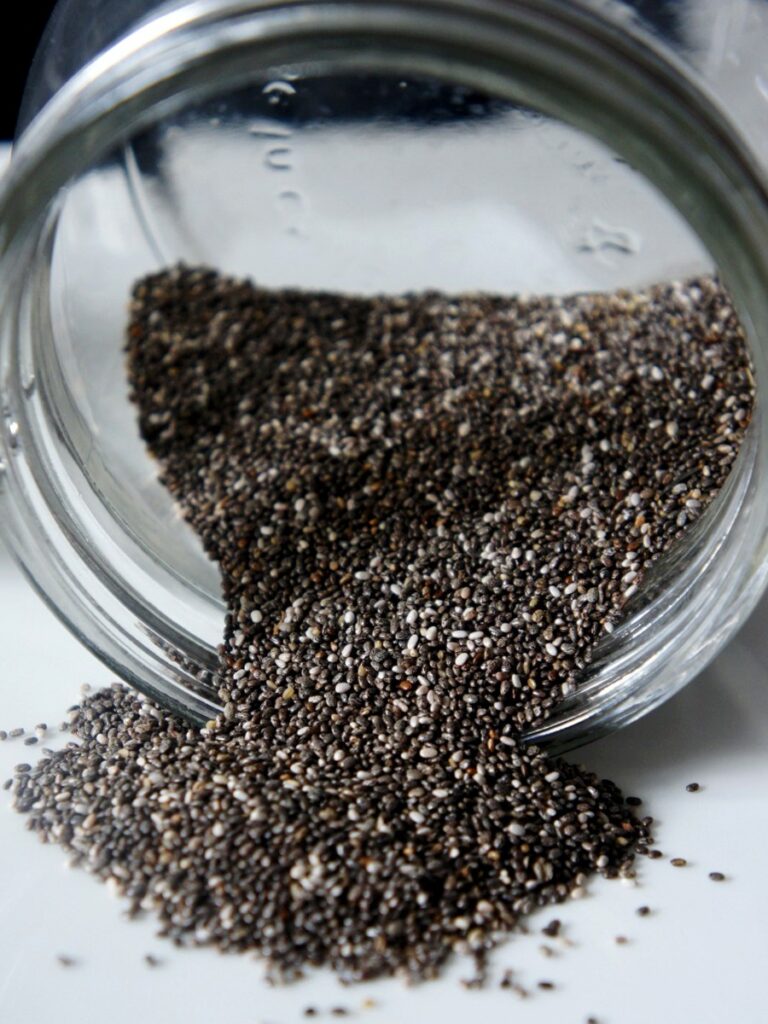
How to: Soak your chia seeds for at least 30 minutes in water or dairy-free milk of your choice, then add them to your smoothies. You can also make chia pudding by combining chia seeds with liquid in a 1:3 ratio. Ground chia seeds can also be used in salads and porridge.
9. GARLIC
Garlic is a plant that is genuinely wonderful. It is enriched with nutrients, including manganese, vitamin C, B6, and selenium.
But organosulfur compounds, a type of sulfur-containing chemical, are the underlying key behind garlic’s healing effect. When garlic is crushed, these chemicals only last a short period. They’ve been shown to have a variety of health-promoting characteristics.
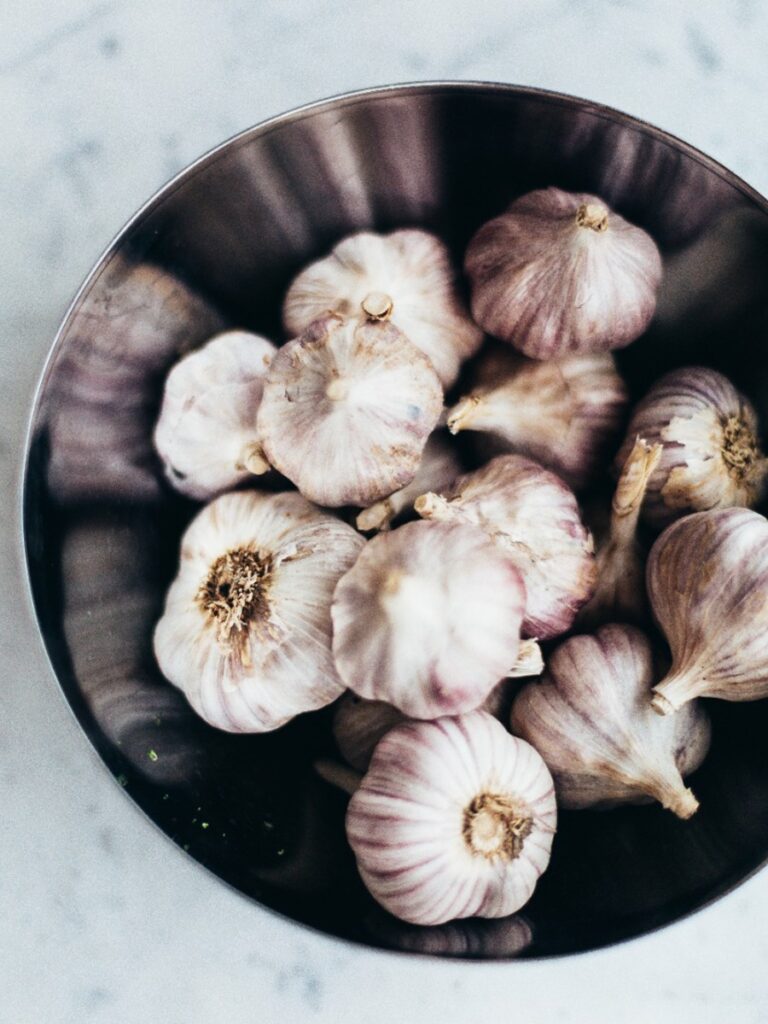
antioxidant
anti-inflammatory
antivirus
anti-bacterial
anti-fungal
anti-cancer
cholesterol-lowering
blood pressure-lowering
detoxifying
How to Eat Garlic:
Garlic should be best consumed after the cloves have been crushed. Garlic is also used in savory food to make it more healthful and tasty.
10. ALMONDS
Almonds are a fantastic source of protein, fiber, magnesium, copper, manganese, calcium, iron, and B-vitamins, as well as a good source of vitamin E (a very important fat-soluble vitamin we require).
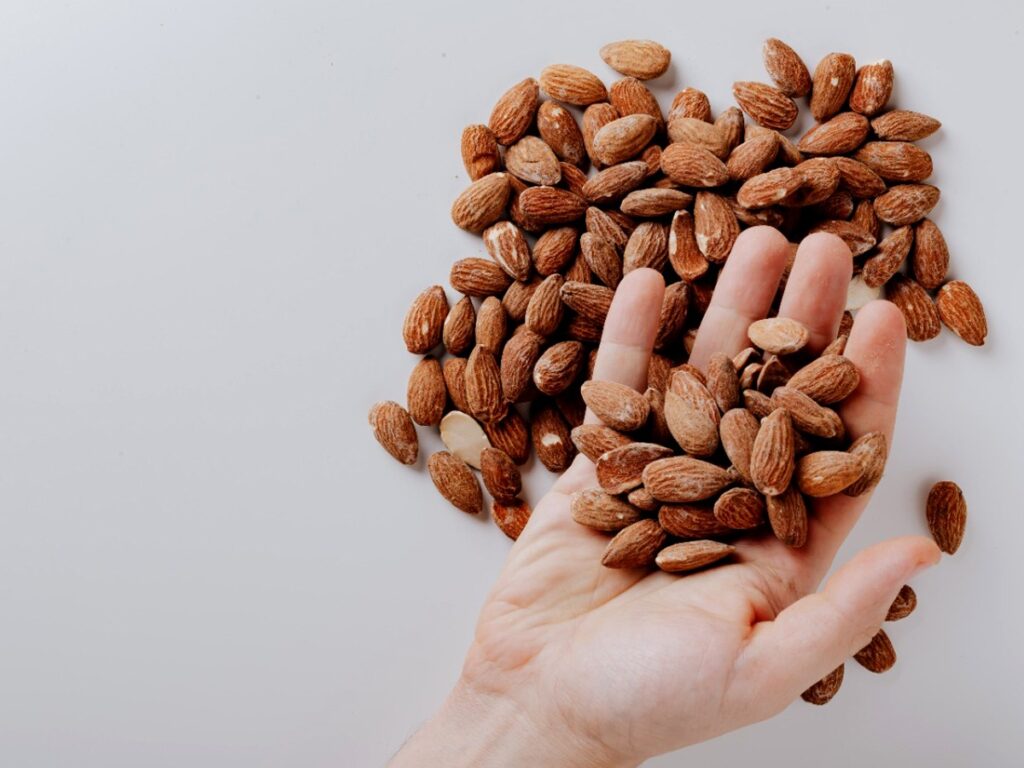
Some research shows that eating 60g / 2oz of almonds per day can assist type 2 diabetes patients to increase insulin sensitivity, lowering LDL levels (source), lowering inflammatory marker levels, and reducing oxidative stress (source). Long-term, this may aid in the prevention of disease progression.
How to: Including raw almonds in your diet is simple. You can have a handful of almonds per day as a snack, diced on top of porridge, in salads, or in smoothies as almond butter.
11. WALNUTS
Walnuts are one of a kind among nuts. They have the most omega-3 fatty acids (ALAs) of any nut, with an omega-6 to omega-3 ratio of roughly 4:1. Because most diets these days are naturally much higher in omega-6 fatty acids, this ratio is critical for lowering inflammation.
This imbalance can lead to chronic inflammation. We can change this by eating more foods with a lower omega-6/omega-3 ratio, such as walnuts, seafood, and flaxseed.
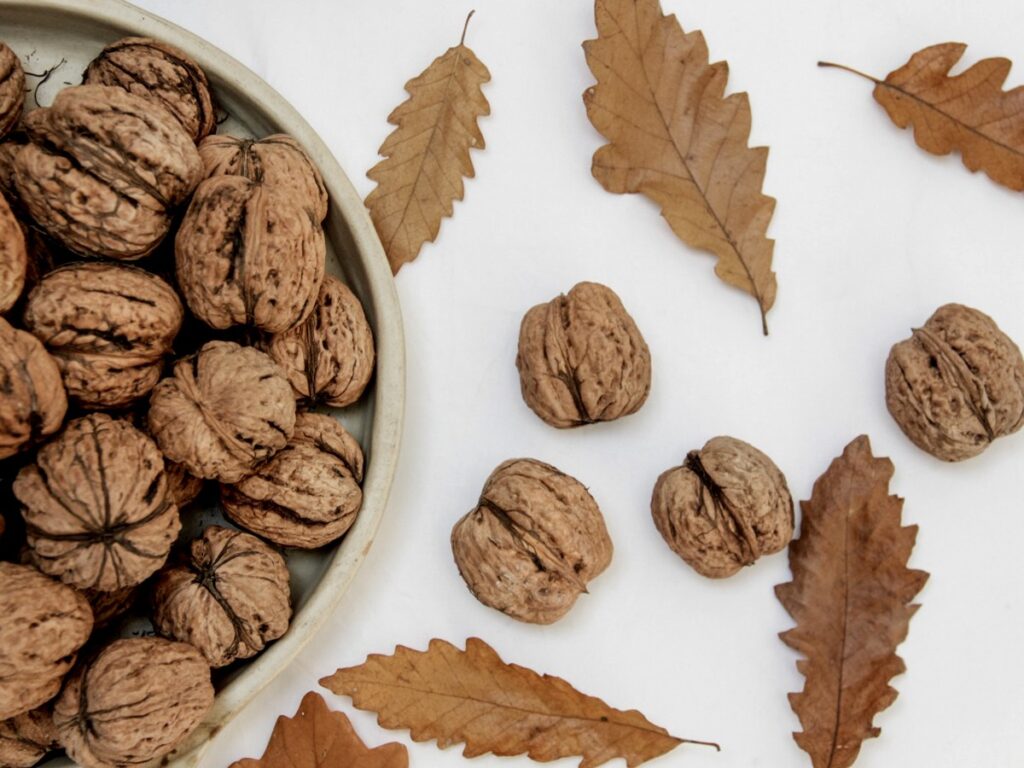
Walnuts reduce the various risks for heart disease, prevent Alzheimer’s disease, and exhibit anticancer properties in vitro experiments.
How to Eat Walnuts: Walnuts are best consumed uncooked. They’re great in salads, smoothies, and sweet treats like these.
With the virus evolving around us I think it’s important to keep your health up and boost your immune system.
Hope you liked this blog and if you try and make one of my recipes take a picture and tag @wherehealththrives, Happy wellness!!

Dear Readers,
Vogue Wellness just kicked off as a health and wellness blog, striving to provide up-to-date and unbiased information and advice on Healthcare around the world that are of interest to its readers, and have wider political and economic implications. Your encouragement and constant feedback on how to improve our offerings will make our commitment to these efforts stronger. Even during these difficult times arising out of COVID-19, we continue to remain committed to you, keeping you informed and updated with Health and Wellness news around the world. We request you to stay at home and follow precautionary measures and government guidelines to save your life, and also those around you during these testing times.
We, however, have a request.
As we battle the economic impact of the pandemic, we need your support even more, so that we can continue to offer you more quality content. Our free subscription model has received an encouraging response from the readers, who have subscribed to our online blog. We expect more subscriptions to our online blog to achieve the set goals so that we can offer you better and more relevant content. We believe in fair and credible Content creation and publish wisely. Your full support can help us take forward this blog experience with a guarantee of unbiased views/original contents/up-to-date information to which we are committed.
Subscribe to Vogue Wellness-Where health thrives…If you like the content please do share.
Disclaimer: As a service to our readers, the Vogue Wellness portal provides access to our library of archived content. Please note the date of the last review or update on all articles. No content on this site, regardless of date, should ever be used as a substitute for direct medical advice from your doctor or other qualified clinicians.


